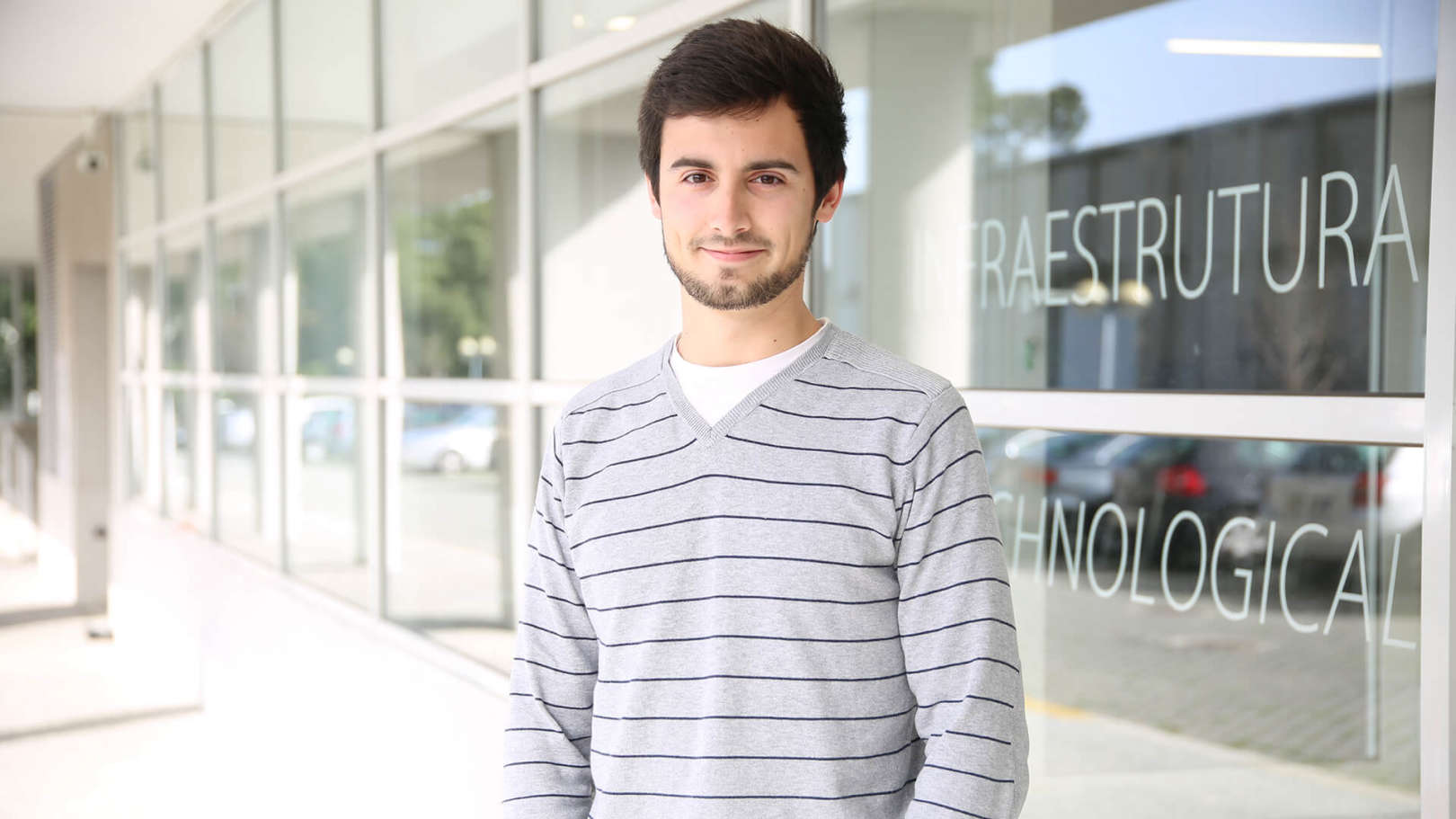About
I was born in Matosinhos, Portugal, in 1993. I finished the Integrated Master in Bioengineering from Faculdade de Engenharia da Universidade do Porto in 2016. I specialized in Biomedical Engineering. Currently, I am pursuing a PhD, being enrolled in the MAP Doctoral Programme in Computer Science (MAP-i). During my PhD, I will be hosted at INESC TEC, more precisely in the Visual Computing and Machine Intelligence group (VCMI).


